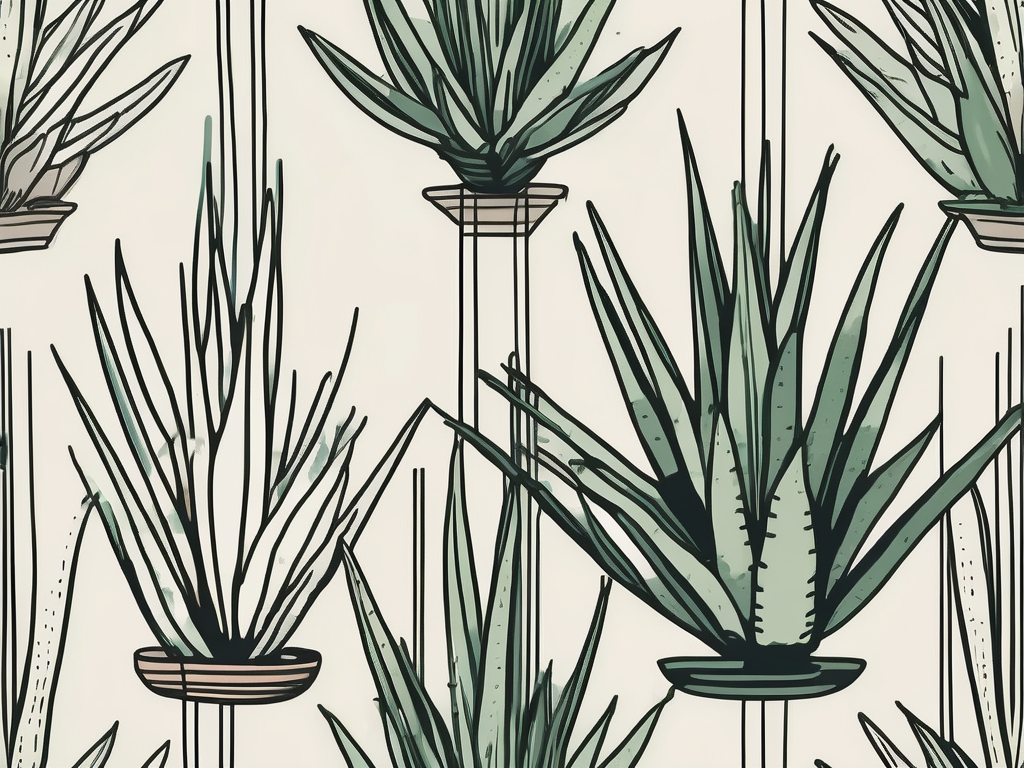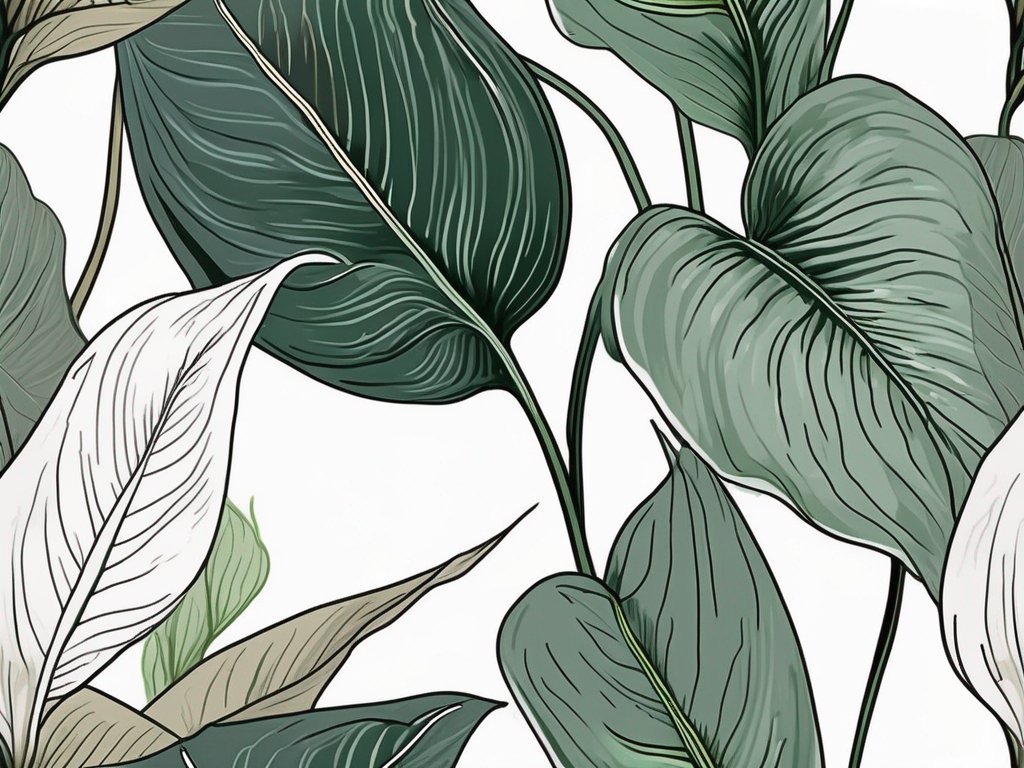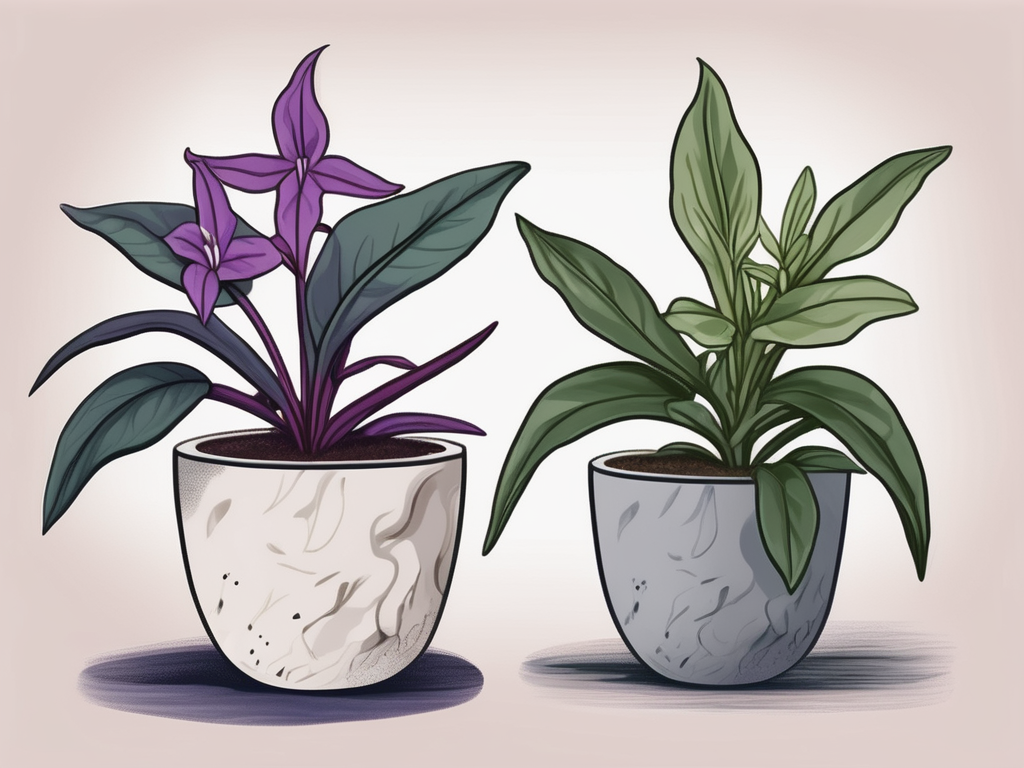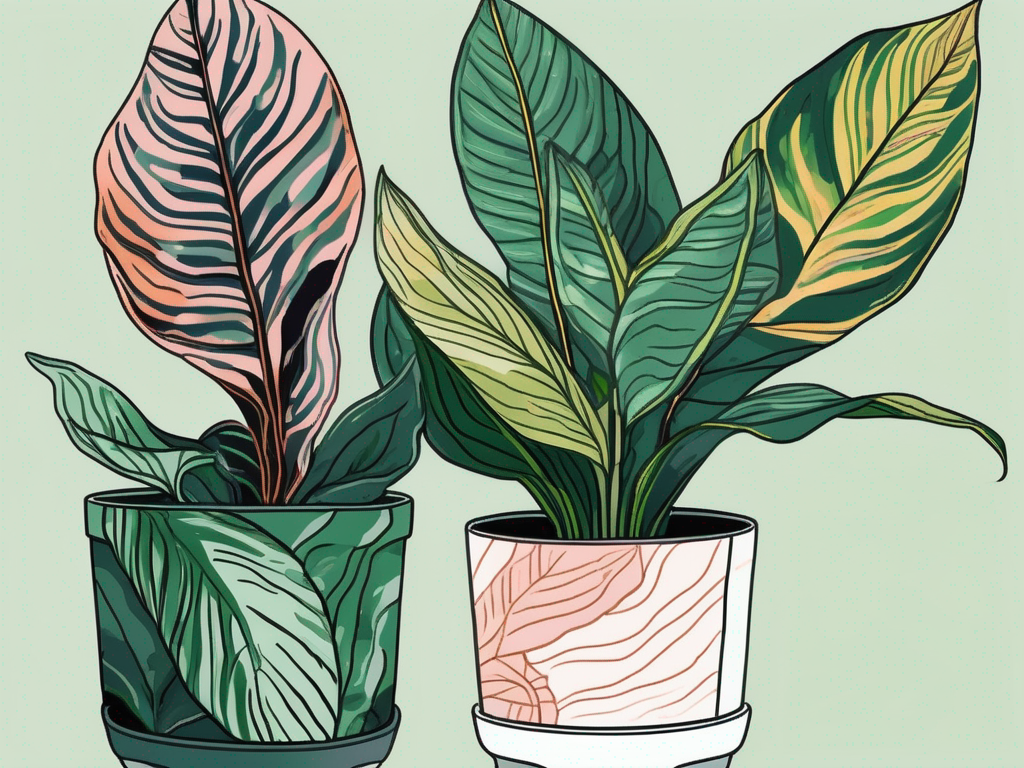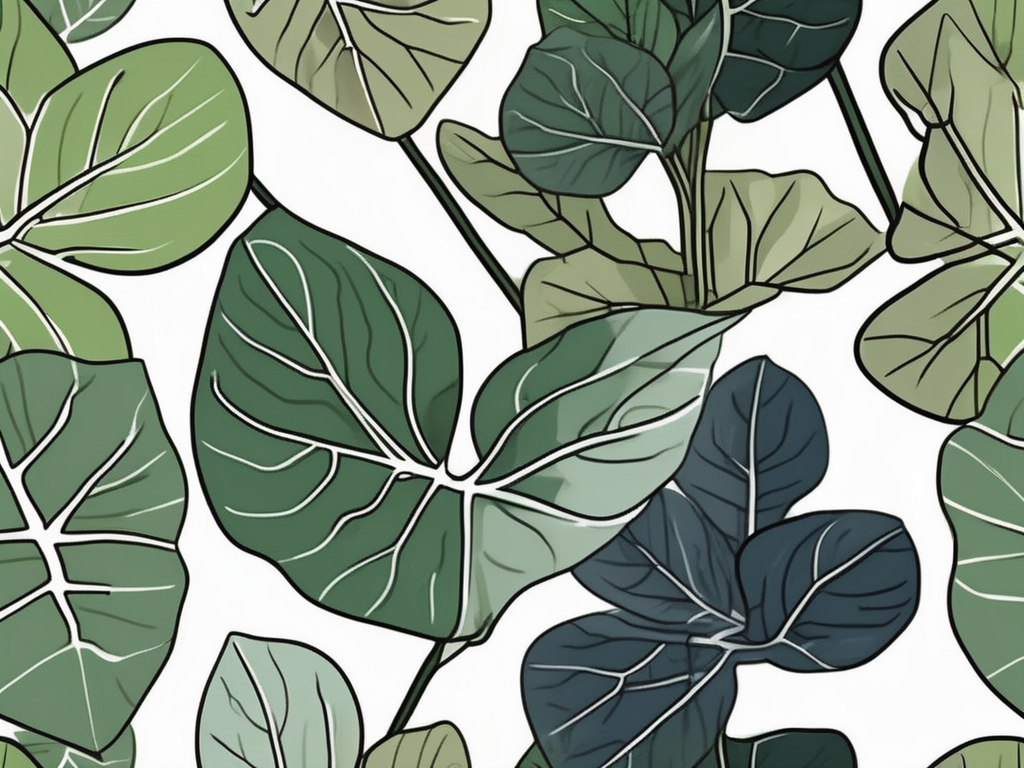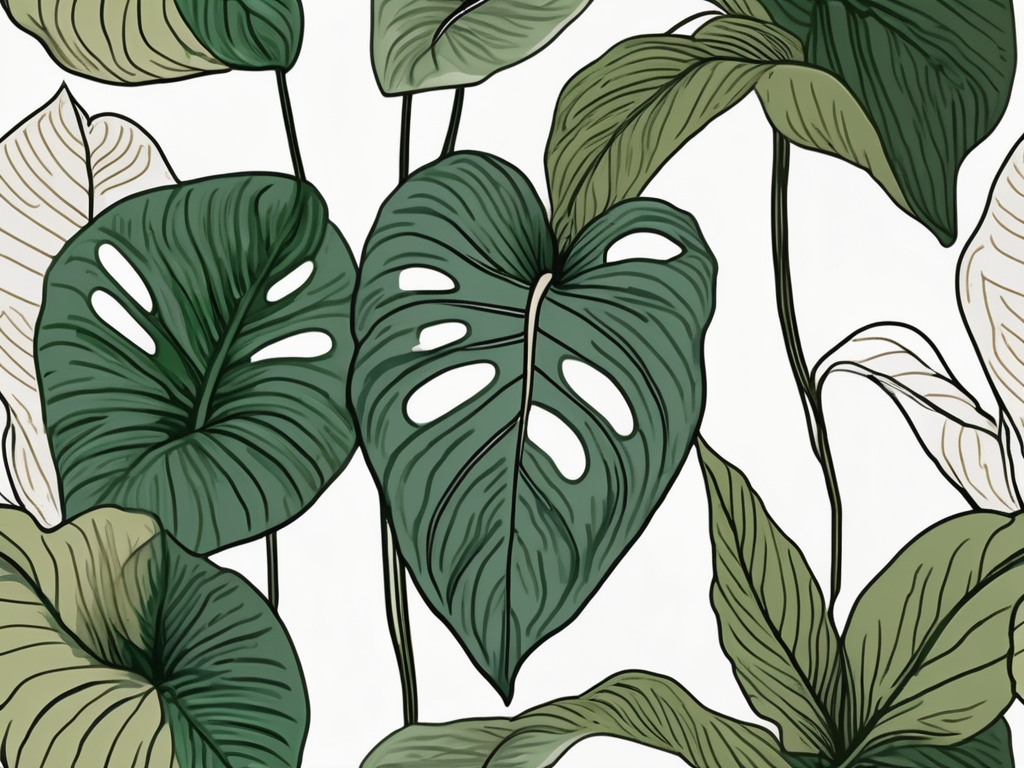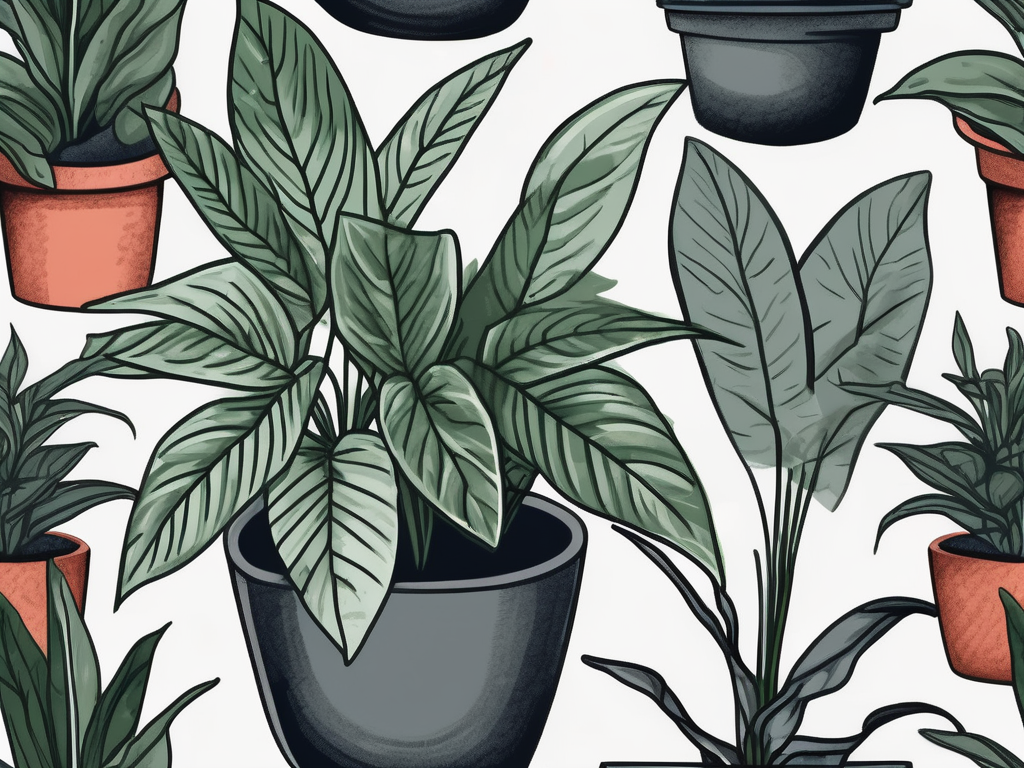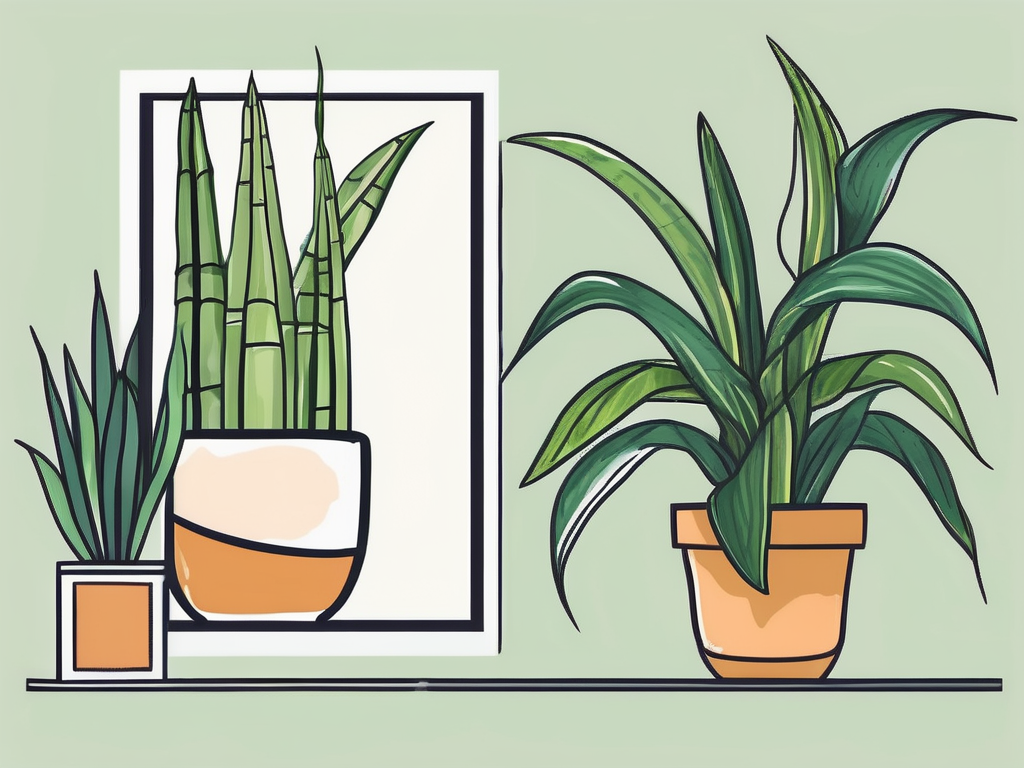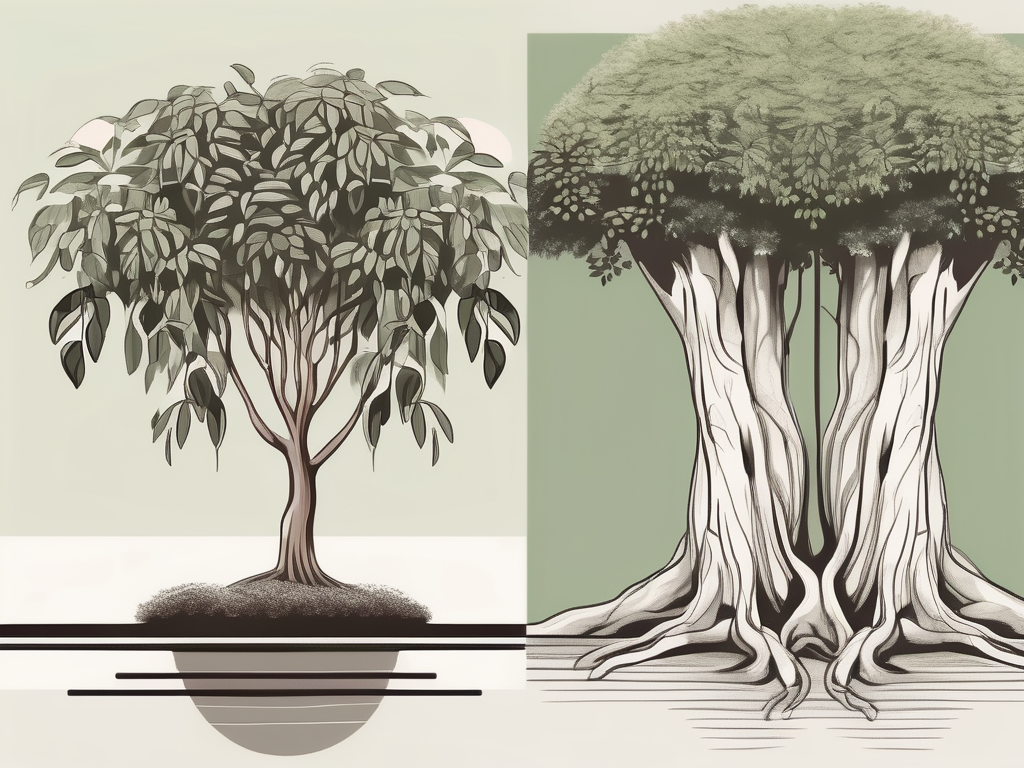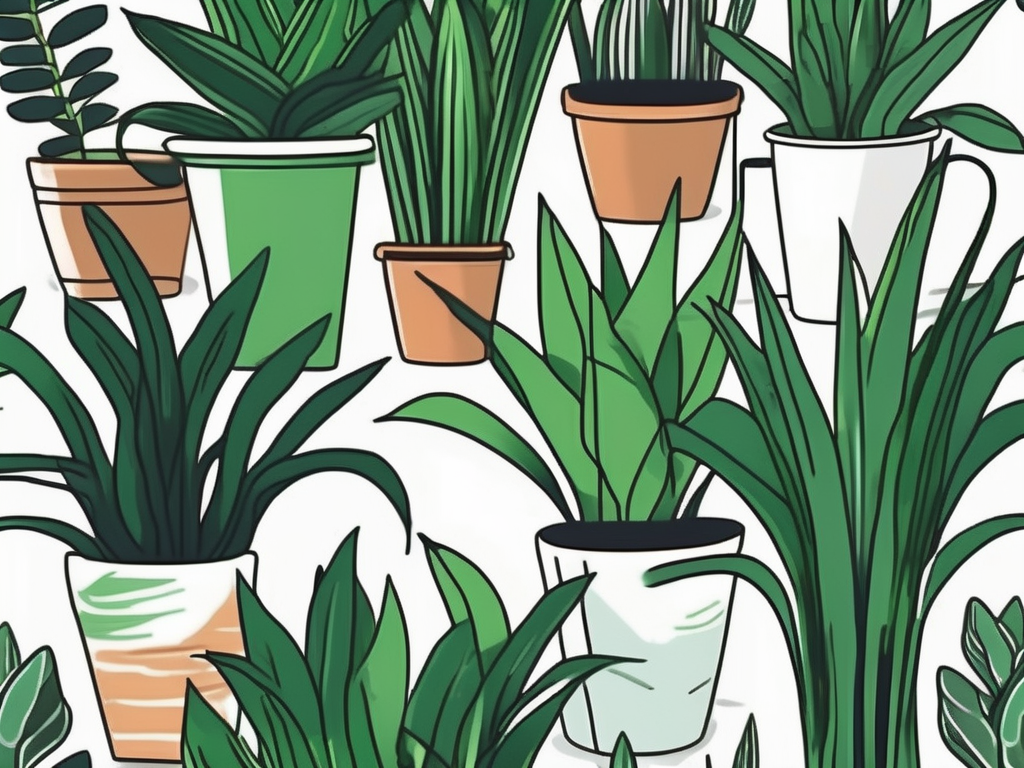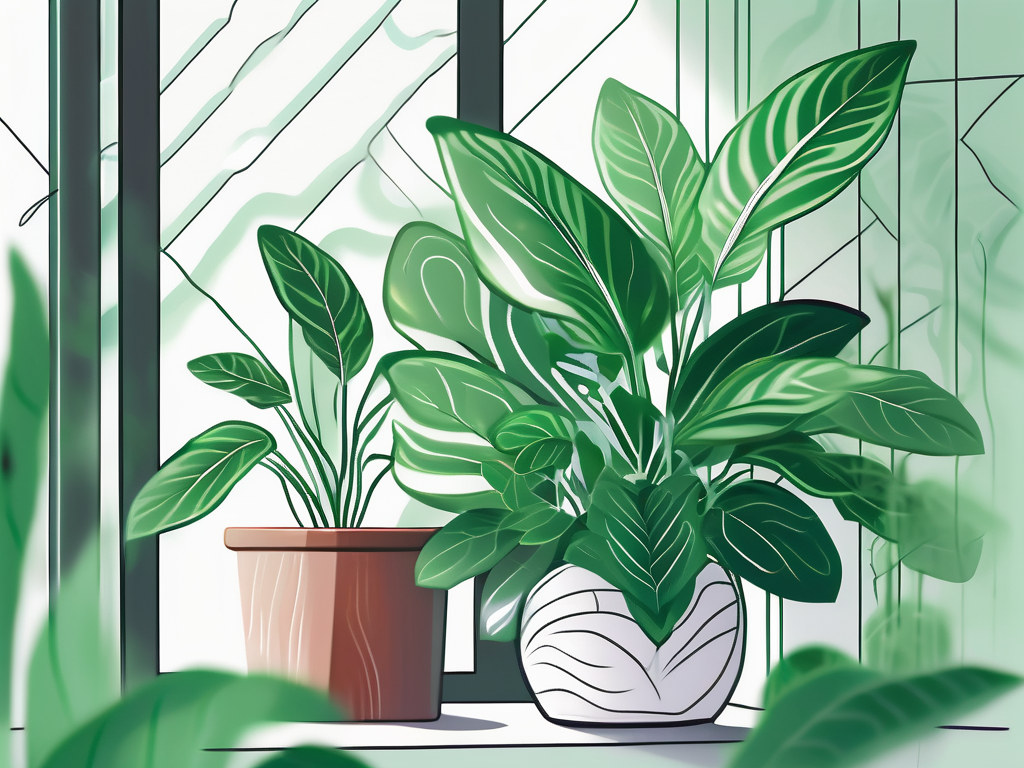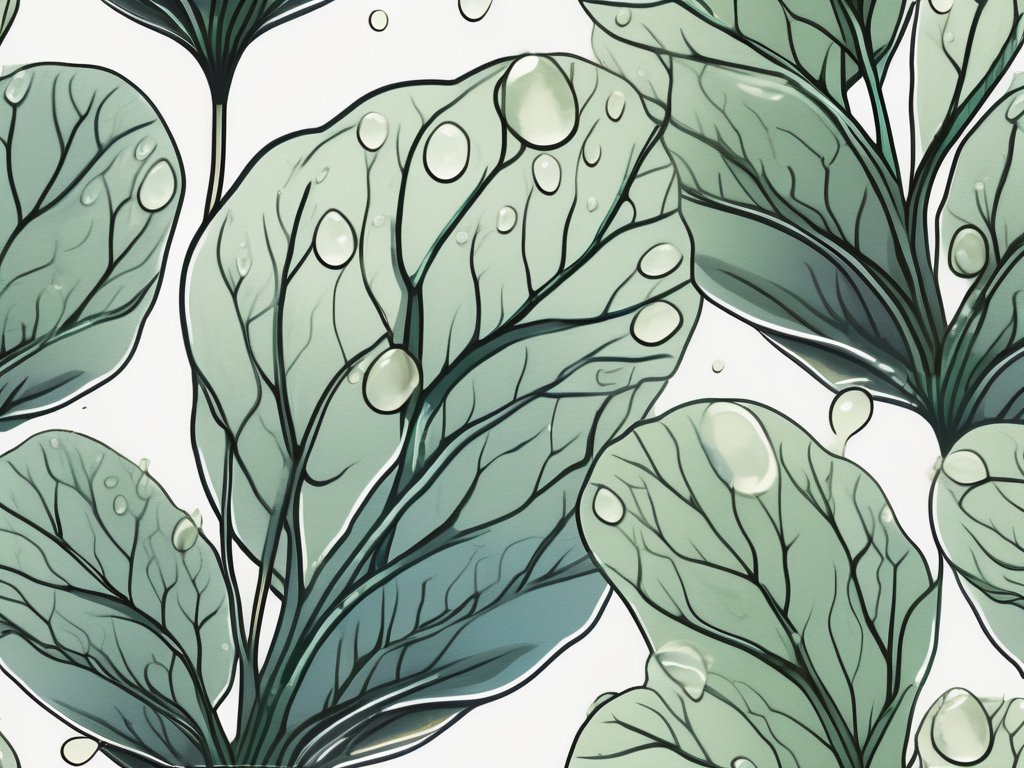
Air plants are like the unicorns of the plant world—magical and surprisingly easy to care for. Unlike most houseplants, they don’t need soil to thrive, which makes them both fascinating and a bit mysterious. If you've ever wondered how to keep these quirky plants happy and healthy, you're in the right place.
Today, we’ll explore everything you need to know about air plants, from understanding their unique needs to incorporating them into your home decor. Whether you're a seasoned plant lover or a curious newcomer, there's something here for everyone. Let’s get started!
What Are Air Plants?
Air plants, or Tillandsias, are part of the bromeliad family. They are epiphytes, meaning they grow on other plants or surfaces without the need for soil. This characteristic is what makes them so unique and adaptable for home decor.
These plants are native to the forests, mountains, and deserts of Central and South America. They use their specialized leaves to absorb moisture and nutrients from the air, which is why they don’t require soil. This also means they can be placed in creative settings, like hanging from the ceiling or nestled inside a seashell.
There are hundreds of species of air plants, each with its own distinct look and personality. Some have thin, wispy leaves, while others boast thick, curly foliage. Their ability to thrive without soil makes them a versatile choice for plant people looking to add greenery to unconventional spaces.
Choosing the Right Air Plants
When it comes to selecting air plants, variety is the spice of life. With so many options, it can be hard to choose. Consider your space, light availability, and personal style when picking your new plant friends.
Here are a few popular air plant varieties you might encounter:
- Tillandsia Ionantha: Known for its vibrant colors and small size, this variety is great for small spaces.
- Tillandsia Xerographica: With its striking, curly leaves, this air plant makes a bold statement.
- Tillandsia Usneoides (Spanish Moss): A trailing variety that looks fantastic draped over other plants or decor.
- Tillandsia Bulbosa: Its bulbous base and long, curly leaves make it a unique addition to any collection.
Consider mixing and matching different types for a more dynamic display. Remember, each variety has slightly different preferences, so it’s good to get familiar with their individual needs.
Lighting Needs for Air Plants
Light is a crucial factor in the health of your air plants. While they don’t need direct sunlight, they do love bright, indirect light. Think of the light filtering through tree canopies in their native habitats—dappled and gentle.
Here are some lighting tips to keep your air plants happy:
- Bright, Indirect Light: Place them near a window with filtered sunlight. A north or east-facing window is usually ideal.
- Avoid Direct Sunlight: Direct sun can scorch the leaves, especially during the peak hours of sunlight. If you notice browning tips, it might be time to adjust their location.
- Artificial Light: If natural light is scarce, consider using fluorescent lights. Place your plants about 12 inches from the light source.
Pay attention to how your plants respond to their environment. If they appear dull or their growth seems stunted, lighting adjustments might be necessary.
Watering Air Plants
Watering air plants can be a bit different from your typical potted plants, but don't worry—it’s not as tricky as it sounds! Air plants absorb water through their leaves, and they need regular hydration to stay healthy.
Here’s a simple watering routine you can follow:
- Soak: Submerge your air plants in a bowl of water for about 20-30 minutes once a week. Use room temperature water, as cold water can shock the plants.
- Shake Off Excess Water: After soaking, gently shake your plants to remove any excess water. This prevents them from rotting.
- Air Dry: Place them upside down on a towel to dry completely before returning them to their display.
If you live in a particularly dry climate, you might need to mist your air plants a couple of times between soakings. Just be cautious not to overdo it, as too much moisture can lead to rot.
Temperature and Humidity Preferences
Air plants are quite adaptable when it comes to temperature, but they do have their preferences. Generally, they thrive in temperatures between 50 and 90 degrees Fahrenheit. This makes them perfect for most indoor environments.
Humidity is another important factor. Since air plants absorb moisture from the air, they prefer a bit of humidity. If you live in a dry area, consider placing a humidifier nearby or misting your plants more frequently.
Here are a few tips to maintain ideal conditions:
- Avoid Cold Drafts: Keep your air plants away from windows or doors that might expose them to cold air.
- Monitor Indoor Climate: If your home is particularly dry due to heating or air conditioning, increase humidity levels with a humidifier.
- Seasonal Adjustments: Be mindful of seasonal changes and adjust your care routine accordingly. Winter months might require less watering due to reduced evaporation.
Remember, while air plants are hardy, sudden changes in temperature or humidity can stress them out. Gradual adjustments are always best.
Feeding Your Air Plants
Like all living organisms, air plants need nutrients to grow. While they get some from the air and water, a little extra boost is beneficial. Fertilizing air plants is simple, and it's usually done with a special air plant or bromeliad fertilizer.
Here’s how to feed your air plants:
- Use Specialized Fertilizer: Choose a water-soluble fertilizer designed for air plants or bromeliads. These contain the right nutrients without the risk of burning the plants.
- Dilute and Soak: Mix the fertilizer with water according to the package instructions. Soak your air plants in the solution every 4-6 weeks for about 20 minutes.
- Avoid Over-Fertilizing: More is not better when it comes to fertilizer. Over-fertilizing can damage your plants, so stick to a light routine.
Feeding your air plants ensures they have the nutrients they need to produce vibrant foliage and, occasionally, those stunning blooms.
Displaying Air Plants in Your Home
One of the best things about air plants is their versatility in decor. Without the need for soil, you can get creative with how you display them. From hanging terrariums to driftwood mounts, the possibilities are endless.
Here are some fun and stylish ways to showcase your air plants:
- Glass Terrariums: These are perfect for creating little worlds for your plants to live in. Add some decorative stones or moss for added flair.
- Driftwood Displays: Secure air plants to pieces of driftwood for a rustic, natural look. Use fishing line or non-toxic glue to attach them.
- Wall Hangings: Mount air plants on a piece of wood or corkboard and hang them on your wall. This creates a living piece of art.
- Seashells and Coral: Place smaller air plants in seashells or pieces of coral for a beachy vibe.
Get creative and experiment with different arrangements until you find a setup that suits your style and space. The beauty of air plants is their ability to adapt to your decor vision.
Propagating Air Plants
Air plants reproduce by producing offsets, often called “pups.” These baby plants grow at the base of the mother plant and can eventually be separated to start new plants.
Here’s how to propagate air plants:
- Wait for the Right Time: Allow the pups to reach at least one-third the size of the mother plant before attempting to separate them.
- Gently Separate: Carefully pull the pup away from the mother plant, ensuring you don’t damage either plant. If it’s stubborn, use a clean, sharp knife to make the cut.
- Care for the New Plant: Treat the pup like a mature air plant, providing the same light, water, and nutrient conditions. It will grow into a full-sized air plant over time.
Propagating air plants is a rewarding process that allows you to expand your collection or share with friends. Plus, it’s always exciting to see new life sprouting from your plants!
Common Problems and How to Solve Them
Even the hardiest plants face challenges, and air plants are no exception. Luckily, with a little know-how, you can address these issues and keep your plants thriving.
Here are some common air plant problems and their solutions:
- Browning Tips: This might indicate too much direct sunlight or insufficient watering. Adjust lighting conditions and ensure consistent watering.
- Rotting Base: Overwatering or poor air circulation can lead to rot. Ensure your plants dry completely after watering and improve airflow around them.
- Pests: Air plants can occasionally attract pests like aphids or mealybugs. Use a mild insecticidal soap or rinse them under running water to remove pests.
By keeping a close eye on your plants and adjusting care as needed, you can overcome these challenges and keep your air plants healthy and vibrant.
Final Thoughts
Air plants offer a unique and flexible way to bring greenery into your home. From understanding their care needs to exploring creative display options, there’s so much you can do with these intriguing plants. They might seem unusual at first, but with a little attention, they’ll thrive and add a touch of nature to any space.
At Cafe Planta, we love helping plant lovers like you find the perfect plants for your home. Our shop is filled with a variety of houseplants, plant care accessories, and even plant-themed apparel. If you have any questions or need advice on caring for your plants, feel free to email us or send us a message on Instagram. We're here to support you on your plant journey and help you create a beautiful, thriving plant collection.

